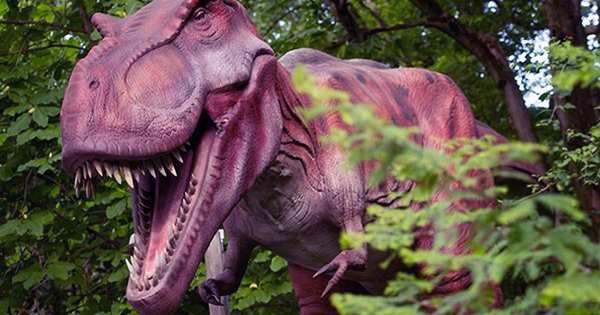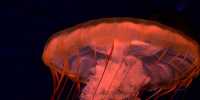New-to-science has provided further insights into the evolution of a trinity of prehistoric mammals once dinosaurs left their solid position on Earth, indicating that they have grown faster than previously thought. Unique in their dentition and size, much larger than the small cage-like mammals that preceded them, they indicate the time of oscillation variation during the extinction of dinosaurs after the Cretaceous-Paleogene boundary. Published in the Journal of Systematic Paleontology, a new study describes three new species and traits that defined it from other intimate animals that lived nearby during the Paleocene era, when the trio roamed around North America.
In reverse size order, their names are Miniconus Jeannine, Conacodon hettingeri, and Beornus honey. The Hobbit’s Beorn was named after the hat tip, a character that could take the shape of a bear, which shares the extended cheek teeth of B. Honey, which is about the size of a marmot or house cat. All three placental mammals (early ancestors of modern hoofed mammals) are known as the condylarths of the Periptychidae family. What sets them apart is their unique gnashers that researchers believe could be omnivorous, dining on what was going on.
This is because they were equipped with enhanced premolars and enamel ridges that would complement a mixed diet, enabling them to crush plant ingredients and meat. Lead author Madelaine Atteberry from the University Colorado Geological Sciences Department said in a statement, “When dinosaurs become extinct, mammals are able to rapidly develop and diversify their tooth physiology and increase body size by entering a variety of foods and environments.”
“They have definitely taken advantage of this opportunity, as we can see from the radiation of new mammal species that occurred a relatively short time after the mass extinction.” Although previous studies of the “Mango of Mammals” have a number of species trends across North America, members of this new study and its three glossy new mammals suggest that diversity may be faster and more productive than before at this time. “These new peripetichid‘condilarths ’make up only a fraction of the fossils of more than 420 mammals discovered on this site,” Atteberry said. “We have not yet fully captured the level of mammalian diversity in the oldest Paleocene, and predicted that several more new species will be described.”
















